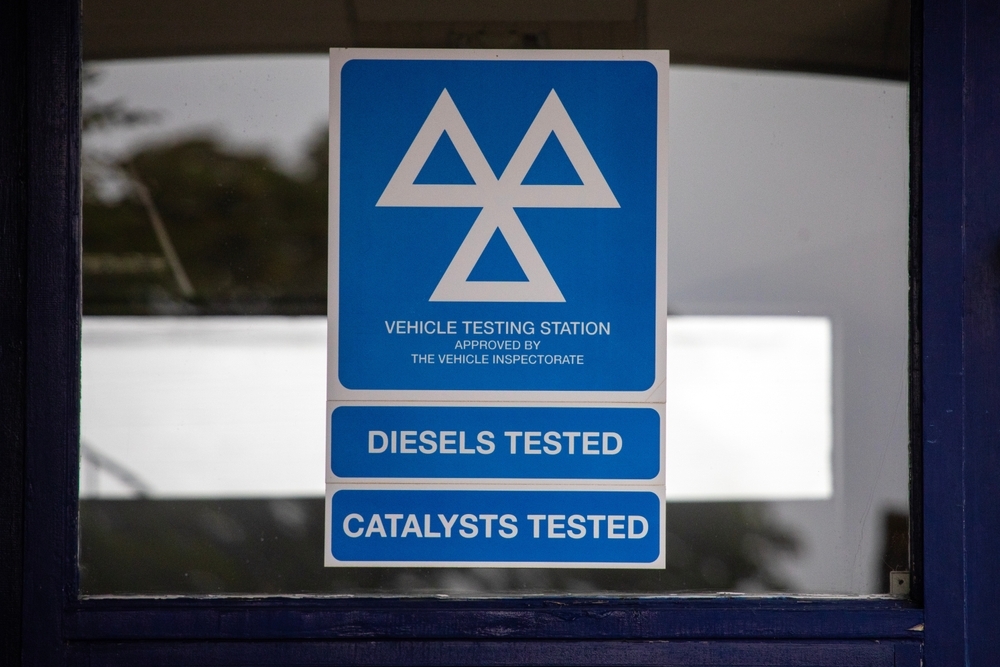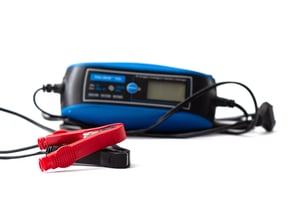Over the years, we’ve seen a few categories evoke a growing excitement and passion in classic car...
These days, being able to check a vehicle’s MOT history has never been easier. Whether you want the information because you’re buying a second-hand car, or you simply just want to double-check your own vehicle’s records, the information is now available online at the click of a button. And, it’s probably a good thing to be doing. Indeed, having a look into this can give you peace of mind that the car has been properly looked after - and also, alert you to any issues such as errors or inconsistent mileage. Let’s have a look at how you can do this.

How to check your MOT history
One of the quickest ways to check a car’s MOT status is by visiting the official Gov.uk website, which you can find here, where all you need is the vehicle’s registration number. From there, you’ll be able to see:
• The current MOT status (whether it’s valid or expired)
• Previous test results, including passes and failures
• The mileage recorded at each test
• Any advisory notes and the reasons for failures
This service is free, and it’s an invaluable tool when considering buying a used car. Also, if there are any issues or something’s incorrect, you can get it changed here, too.
This service works for MOT results for cars, motorcycles and vans since 2005. (Note: for some other vehicles, such as HGVs, you can only go as far back as 2018.)
You can also use this service to check if your vehicle has been recalled for any safety reasons, depending on who the manufacturer is.

Mileage (and any anomalies)
When looking at the MOT records for a vehicle, one of the key things you might want to check is the mileage. Normally, the mileage should show a steady, gradual increase over the years. However, sometimes you may notice an anomaly. Here’s a few reasons why this might happen:
A new odometer was installed
If the vehicle has had a new odometer fitted, this needs to be documented. A sudden drop or reset in mileage could be explained by this, and if the paperwork supports it, there’s usually nothing to worry about.
There’s a faulty odometer
If the odometer is malfunctioning, it might display an incorrect reading, so it’s good to get that investigated.
Human error
Not every discrepancy is a cause for alarm. Sometimes the MOT tester may have accidentally written the wrong figure, read the digits from the trip meter instead, or entered kilometres instead of miles (or vice versa). If there’s just one anomaly - but the general pattern still shows a steady increase - it’s worth considering that it could simply be a mistake. If this has happened to you within the last 28 days, you can ask the MOT centre that did the test to correct it. If it’s now over 28 days, you will need to report it online via the Gov.uk website.

Suspicious patterns
That said, some patterns are hard to explain away. If, for example, the car is recorded as having 60,000 miles one year, then suddenly 30,000 the next, followed by 33,000 after that, it could be a strong indicator that something is wrong - and potentially a deliberate ‘clocking’ or mileage adjustment. Fortunately, this sort of tampering has become much less common since MOTs were fully digitalised, but it’s still worth checking. To be sure, have a look at the other documentation available, too, such as the service history, to get a clearer picture of what’s potentially going on.
Some apps that might be useful…
Aside from the official government website, there are also several apps available that make it easy to check the MOT status and history of a vehicle on the go. One of the most popular is VehicleSmart, which not only shows a vehicle’s MOT history but also lets you set reminders for renewals, view tax information, and keep track of multiple vehicles at once. Other apps such as MyCarCheck offer similar features, making life easier for both motorists and traders.
Why it’s always worth checking
Knowing how to check your MOT history online can save you from making some costly mistakes. If you’re buying a vehicle, it could help to reveal any hidden issues, and if you’re simply keeping tabs on your own car, it ensures you’re always up to date with your MOT status. Good to know!







